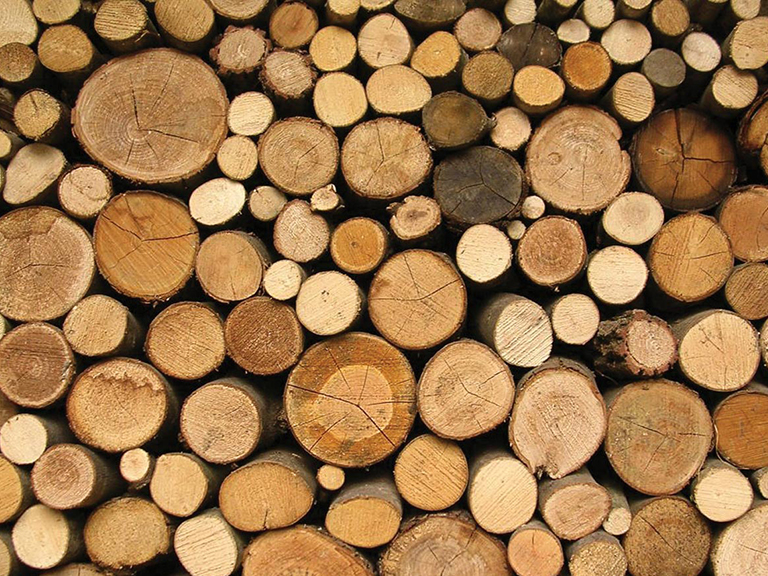Metaphors of happy ant laborers work to make the same of human bodies
AN illusion and allusion I’ve seen repeated in corporate as well as public service branding, on billboards, placards, and GIFs, is that of ants, usually black: labouring together, to lift that sugar cube, build that allegorical insect town, keep a supposedly egalitarian system humming along -- and those ants are, with their tapered waists and smiling faces, templates as well as intended reflections of the people who work for that public service body, that corporation, that enterprise. While certain members of the species homo sapiens may think nothing of squashing them in our daily wake, these ants rush around in their worker hats, shaking hands, building projects, getting shit done. They are anthropomorphised stand-ins for human workers, diligently cooperating to achieve society’s aims, addressing our infrastructural concerns with occasional banter over water coolers or sugar lumps. These metaphors gloss over ruptures and inequalities within late capitalism, and while our bodies know viscerally, with tangible and tragic consequences, the exoskeletal baggage, let’s sketch an imaginary in which the hierarchical structure of ant societies helps reflect back more honest human realities.
Firstly, within the family Formicidae are multitudes, 12,000 species. Ant species construct different forms of habitation, weaponry, defense mechanisms, and ways of life, and just like extant human buildings may be razed to the ground to make way for another’s construction sites, there are species of ant in danger of extinction. There is no “hive mind” in a singular “ant society,” no herd mentality about the wisdom of working in service of a life in which an ant Uber is a finger-tap away, in glass-and-concrete Formicidae cities that suck resources from sparser ant dwellings, while sending them paltry guilt rations as ant lords sell off access to their potable water.
Then there is the way that the relative strength of ants, lifting so many times their weight, is compared to human achievement in a rah-rah “we can do it, watch how they lift that caterpillar carcass” mirror: the adulation of a certain kind of physical strength, which renders people such as myself who have bodies perceived as “vulnerable” less noble, somehow flawed, always deficient. The ableist concept of “perfect” ant/human armies, forging a brighter future ahead, belies a legacy of forced sterilisation of disabled and brown bodies, and persistent, institutionally sanctioned denial of our right to live good lives. (Although, rest assured, we continue to attempt to bring crip mahogany into permanent vogue.)
Next let’s consider the queen ant. The image of heteronormative ants, supposedly male, donning construction hats in so much organisational imagery pays no mind to her labours. She mothers all of the colony, yet to scientific knowledge has very little control over it. Some female ants reproduce asexually. Some mate with just one male ant, and some are prevented from re-mating with other male ants by their partners. Others are polyamorous. In some species, “princess ants” spread their wings and mate in mid-air. The absence of the queen ant in feel-good ant worker brochures makes it difficult to speak of such different modes of reproductive labour.
Crucially, what is left out from the ant metaphors is the fact that ant societies are eusocial -- their bodies determine their caste and function within their communities. Biological determinism might not be official dogma in management handbooks anymore, but it is the presumptive tenet in the manifestation of economic systems. The labor of our bodies and lifespans are assumed to be built naturally for the service of global capital, as though ant communication and cooperation only functions to grease the wheels for those projects rooted in destructive environmental manoeuvring, corruption, unequal pay and other forms of violence.
Is there a different kind of ant metaphor? Winged ants may be associated with freedom, briefly, until the next piece of human capitalist imagery squashes them between two fingers. They may be flicked away with insecticidal gestures, and still it’s MacGyver who’s considered surrounded (was anyone else weirdly scarred by that episode?), rather than a monster to antkind. Or they are given a cartoon rendering to stuff cinemas, a man-ant hero with woman-ant love interest who steps away from the herd and leads, while queen and princess ants cheer his individualist kind of revolution on. We may well go into such a film and think of better ambitions for how the world should be. And then we leave the animated world, and step again into what we have.
